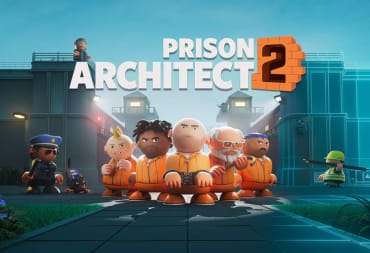Breakout is one of the most foundational games around, originally being released in arcades in 1976 by Atari. Over time, countless developers have put their own spin on the game, adding power-ups, progressions, and a shiny presentation to move beyond its classic roots. Aliens Go Home Run does all of these things, but it also works to eradicate one of the core issues with Breakout as a game. In most adaptations, a player's momentum can be halted by one or two blocks being left behind in a corner of the board, leaving players to waste lives trying to hit one block rather than continuing to rack up a high score. Aliens Go Home Run dispatches with lives entirely, giving players unprecedented control of where their ball is heading and placing its challenge in fighting off invading foes rather than speeding to hit a fast moving projectile. It works surprisingly well, with more than enough style to make up for most of its shortcomings, at least for a little while.
https://www.youtube.com/watch?v=MjBceBX05C0
Instead of a haunted paddle or a blocky spaceship, Go Home Run casts you as a young baseball fan named Sally. While playing with her friends, Sally hits a home run so hard that it catapults into space, eventually landing on an alien world and causing a disturbance so great that it brings an invading alien force to the Earth. Sally and her superhuman hitting are the last line of defense, so she has to work her way through five worlds of saucers, legally differentiated Thwomps and a whole mess of bricks. On each stage, you have to dodge enemy projectiles to keep the ball in play, but three strikes and you're out.
What initially drew me into this game was its amazing arcade presentation. From the developer logos to the blown out announcer to the catchy tunes, Aliens Go Home Run feels like a lost NEO-GEO classic that I've just rediscovered. Power-ups like Extra Chances, a Bubble shield, and temporary MultiBall are dropped as you chip away at the playfield, adding a small layer of strategy to early stages and a necessary lifeline later on. The smart tweaks to the Breakout formula also help this feeling along, but the game separates itself from the quarter-munchers of the past with its focus on skill. Playing Go Home Run feels just as much like playing a shoot 'em up as it does a traditional brick breaker, and this is also where some of the game's faults lie.
Simply put, Go Home Run strikes a good difficulty too quickly and then ramps the difficulty from there. By the end of the second world, you're fighting off slimes that hold you in place and a screen full of enemy fire, all while the once plentiful power-ups stop dropping at a consistent rate. Everything strikes you all at once and the game goes from a pleasant and challenging ride to a frustrating hardcore grind. If you're a pro at shoot em ups, then you might last a bit longer than I did, but most players will tap out long before saving the world from this alien threat.
Still, it's worth celebrating what Aliens Go Home Run does do correctly. Finding new paydirt to mine out of Breakout is no small feat, and the arcade presentation is pitch perfect with the type of game that the developers at ANIM•ACE were designing. You get the feeling that with a few tweaks and a bit more polish, a follow-up to this idea could be a classic, and I'm interested to see anything else that this team has up its sleeves.
Aliens Go Home Run was played on PC via Steam with a code provided by the publisher.







